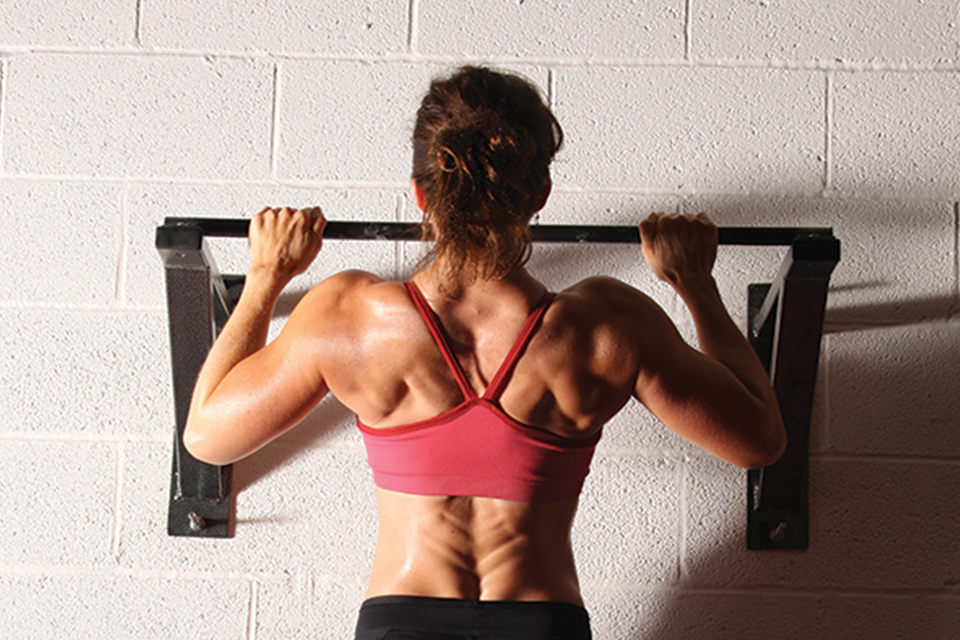FAQ: September 2014

Are a pull-up and a chin-up basically the same thing, or are they different? Should I be doing both when I go to the gym?
A: Here’s how the two are the same: both require an overhead bar and are good in an exercise routine. In each exercise, you’re pulling your body weight up to bring your chin above the bar. Hands are positioned approximately shoulder-width apart. Both exercises target muscles in the back and biceps.
In a nutshell, the differences are hand position and specific muscle use.
In a pull-up, the palms face away from you (called a pronated, or overhand, grip). In a chin-up, hands are turned so that the palms are visible to you, which is a supinated (underhand) grip.
Because of the supinated hand position, chin-ups (also called lat pull-downs) make stronger use of the biceps, so people can usually do more chin-ups or put more weight onto a lat pull-down machine. Doing chin-ups will work biceps more and may be more comfortable for people with a history of shoulder problems.
Pull-ups help with back strength, as the lats are more engaged than in chin-ups. This grip, which makes less use of the biceps, may be more comfortable in the wrist and forearms for some.
The water bladder that goes in my backpack is nasty. But how do I clean it?
A: It’s important to keep your hydration pack just as clean as your handheld, but it can be more involved. Soap can leave a bad taste in plastic tubes and then there’s the issue of mold.
Separate the bladder from the backpack. Drop a Polident tablet (yep, those denture-cleaning tablets) into the bladder, add water, screw on the cap, and shake. Squeeze the bite valve with your fingers to clean out the hose. Rinse thoroughly with water.
Instead of letting your bladder hang dry to remove the last bit of moisture, try tossing it in the freezer. Lack of air prevents water droplets stuck inside the corners of the bladder from developing into mold or mildew.
There was always that poolside rule about not swimming for an hour after eating because you’ll get cramps and drown. Is there something similar with working out?
A: First, let’s debunk that old swimming myth. While it’s true you might get a cramp with strenuous swimming after eating, this isn’t an issue for most recreational swimmers. In fact, endurance swimmers have to combine eating and swimming to perform. For deaths that occur in swimming that involve ingesting substances, alcohol is usually the culprit—it’s never safe to combine water recreation with adult beverages. As for other forms of exercise and eating? The digestive process takes some time to do its magic, so the Mayo Clinic recommends eating light, small portions within an hour of exercise. As with many things, what the digestive system can successfully tolerate is largely individual, so experiment with what food types and amounts work best for you.






